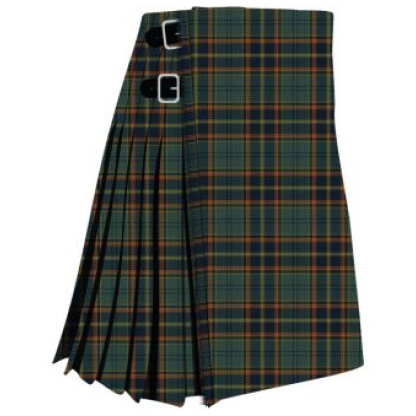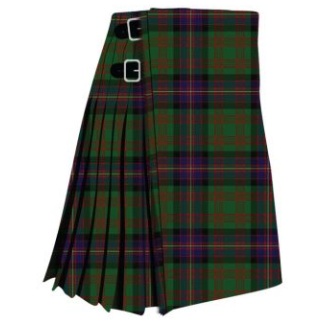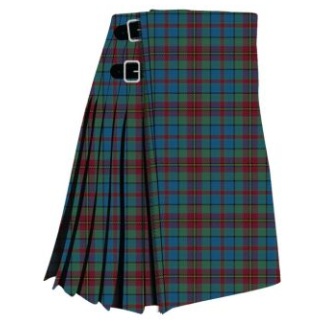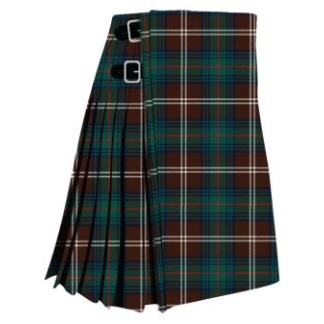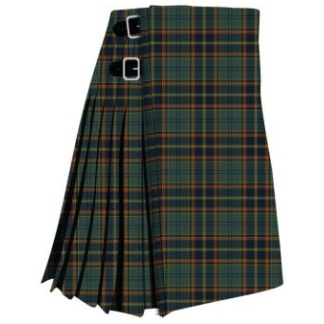County Antrim Modern Tartan Kilt
$299.00
The County Antrim Modern Tartan Kilt is a traditional Scottish garment, often made from a tartan fabric that reflects the culture and heritage of County Antrim in Northern Ireland. While tartan patterns are more commonly associated with Scotland, they are also used in parts of Ireland, including County Antrim, to celebrate and represent local identities. Here’s some information about the history of the County Antrim Modern Tartan Kilt:
- Tartan as a Symbol: Tartan is a woven textile with a distinctive pattern of crisscrossing horizontal and vertical stripes. Each tartan design is associated with a particular clan, family, region, or group, and it often carries historical and cultural significance.
- County Antrim: County Antrim is one of the six counties that make up Northern Ireland. It’s known for its stunning natural landscapes, including the Giant’s Causeway, and it has a rich history and cultural heritage. People from County Antrim may have a tartan to represent their connection to the region and its history.
- Modern Tartan: The “Modern” in County Antrim Modern Tartan Kilt typically refers to a color variation or a modern interpretation of the traditional tartan pattern. Modern tartans often feature brighter and more vibrant colors compared to their “Ancient” counterparts, which are designed to mimic the look of older, faded fabrics.
- The History of County Antrim Modern Tartan: The exact history of the County Antrim Modern Tartan Kilt may vary depending on the specific design and manufacturer. It might have been developed more recently to represent County Antrim’s heritage, or it could be a variation of an older tartan associated with the region. The tartan’s history may not be as ancient or well-documented as some Scottish clan tartans.
- Cultural and Formal Wear: Tartan kilts and other traditional Scottish and Irish attire are often worn for ceremonial and cultural events, such as weddings, festivals, and Highland games. The County Antrim Modern Tartan Kilt may be worn by individuals with a connection to County Antrim or those who simply appreciate the design and its vibrant colors.
- Personal and Cultural Significance: Wearing a County Antrim Modern Tartan Kilt can be a way for people with ties to County Antrim to celebrate and honor their heritage. It can also serve as a symbol of cultural pride and identity.
